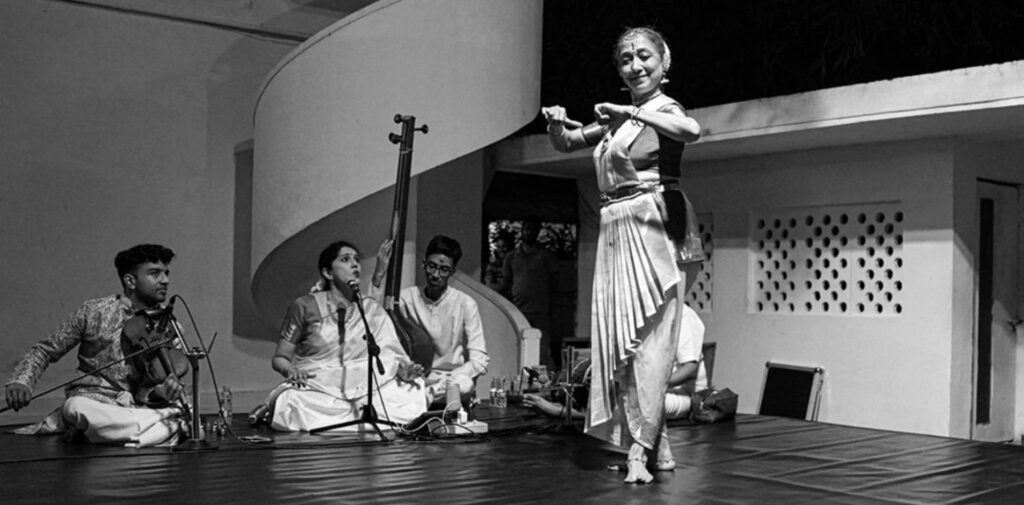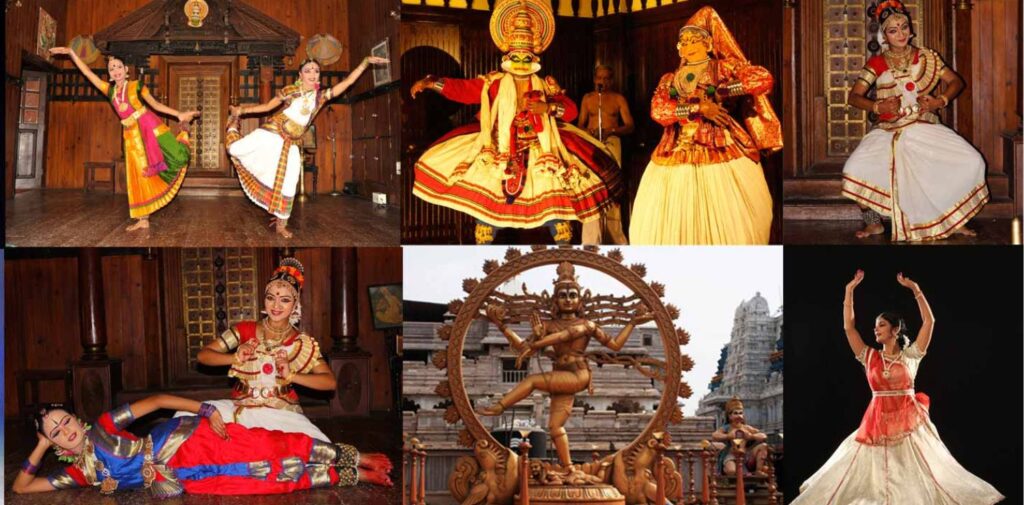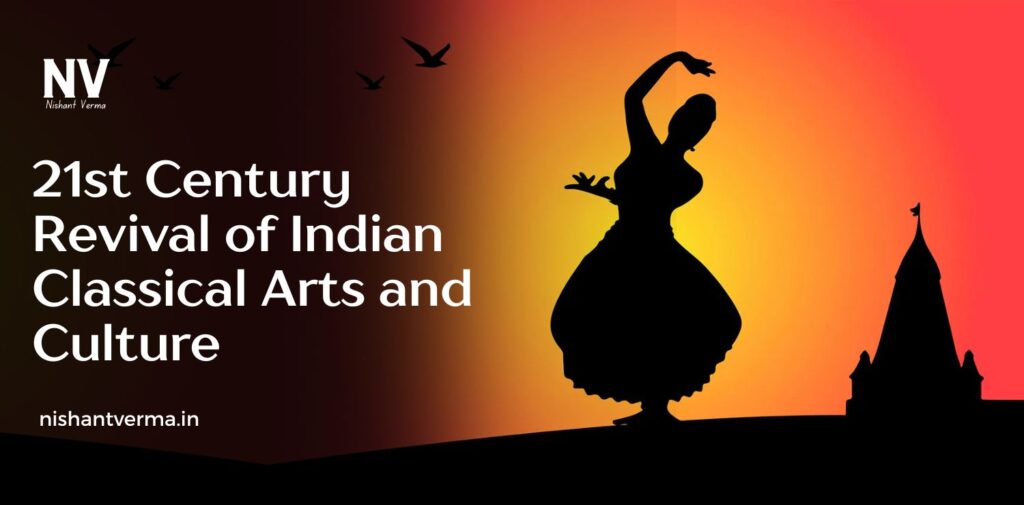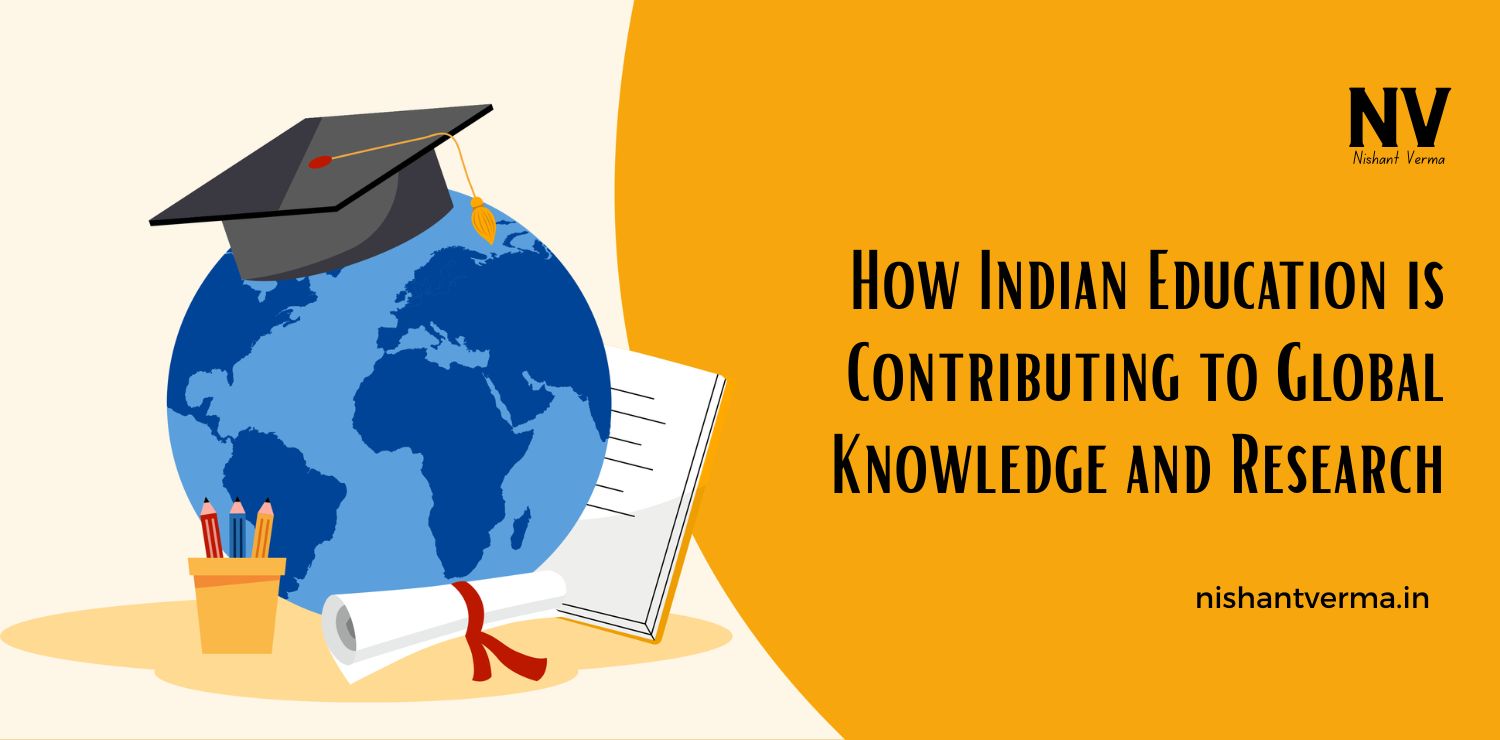India, a land rich in cultural diversity and heritage, has been home to various classical arts that have flourished for centuries. These arts have not only shaped India’s cultural identity but also contributed significantly to its global image. In the 21st century, we are witnessing a renaissance of Indian classical arts and culture. This revival is driven by the efforts of artists, enthusiasts, and institutions that are working to preserve and promote the traditional forms of art, music, dance, and literature. This article will explore how Indian classical arts and culture are being revived in the modern era, their importance, challenges, and the role of technology in this transformation.
The Significance of Indian Classical Arts
Indian classical arts encompass a broad spectrum of music, dance, theatre, visual arts, and literature. These art forms have ancient roots, deeply intertwined with India’s spiritual, philosophical, and cultural history. Classical music, such as Hindustani and Carnatic, is known for its intricate ragas and talas, while classical dance forms like Bharatanatyam, Kathak, Kathakali, and Odissi showcase graceful movements and storytelling. Similarly, ancient art forms like sculpture, painting, and architecture also fall under the umbrella of classical arts.
The importance of these art forms is immense, as they are a reflection of India’s spiritual and cultural values. They promote not only creativity but also discipline, patience, and a deep connection with history. In an age where modern forms of entertainment often dominate, the preservation and revival of these classical traditions are vital to maintaining India’s cultural legacy.

Efforts in Reviving Indian Classical Arts
The 21st century has seen a renewed interest in Indian classical arts. Several factors contribute to this revival, from government initiatives to the dedicated efforts of individuals and organizations. Classical arts, which were once confined to the elite and royal courts, are now reaching a wider audience, thanks to both grassroots and institutional efforts.
One of the significant steps towards this revival is the support from government and cultural institutions. Various cultural festivals and competitions across the country provide a platform for classical artists to showcase their talents. Events like the Sulaimaan Classical Music Festival, Kalakshetra’s dance performances, and the annual Kathak Mahotsav have become a regular part of cultural calendars, drawing audiences from all walks of life.
Moreover, government initiatives, such as the National Academy of Music, Dance, and Drama (Sangeet Natak Akademi), have been instrumental in preserving traditional art forms. The academy’s programs, along with scholarships for classical artists, are fostering the growth of young talent and ensuring the continuity of classical arts.

The Role of Technology in the Revival
The role of technology in the revival of Indian classical arts cannot be overstated. With the advent of the internet and social media platforms, classical artists can now reach global audiences. Platforms like YouTube, Instagram, and Facebook have made it easier for classical musicians, dancers, and artists to showcase their skills and connect with fans from across the world.
Moreover, online learning has made classical arts more accessible to students, even in remote areas. Several websites and mobile apps are now offering online courses in classical music, dance, and literature, making these art forms more democratic and widespread. Students who previously might have had to travel to major cities for training can now learn under the guidance of renowned gurus from the comfort of their homes.
Documentaries, podcasts, and digital archives have also played a vital role in preserving the history and evolution of classical arts. These digital resources have made it easier for younger generations to learn about the ancient roots of Indian culture and engage with it in a more meaningful way.
Challenges to the Revival of Indian Classical Arts
Despite the growth and interest in classical arts, several challenges hinder the widespread revival of these traditions. One of the primary concerns is the lack of interest from the younger generation, who are often more drawn to contemporary music, dance, and entertainment. The fast-paced nature of modern life, along with the rise of digital media, often makes it difficult for young people to engage with the slow, disciplined, and nuanced nature of classical arts.
Another significant challenge is the lack of adequate infrastructure and support for classical artists. Many traditional musicians, dancers, and artists struggle to make a living from their craft, as there are limited opportunities for performances and financial support. While large cities have a few avenues for classical performances, smaller towns and villages often lack the infrastructure and audiences to sustain classical art forms.
Moreover, there is a growing disconnect between the modern world and the spiritual, philosophical teachings that form the foundation of classical arts. In an era of instant gratification and rapid technological advancements, the deeper, meditative aspects of classical arts are sometimes overlooked or misunderstood.

The Future of Indian Classical Arts in the 21st Century
The future of Indian classical arts looks promising, with several initiatives aimed at bridging the gap between tradition and modernity. One of the most exciting trends is the fusion of classical arts with contemporary styles. Many young artists are experimenting with blending classical music and dance with jazz, hip-hop, and other modern genres. This fusion not only attracts younger audiences but also helps in reviving classical traditions in a new and innovative way.
Moreover, the growing interest in spirituality, mindfulness, and wellness is providing a fertile ground for the revival of classical arts. The meditative nature of classical music and dance, as well as its ability to promote mental peace and emotional well-being, is gaining recognition in today’s fast-paced world. Yoga and meditation practices, which are deeply connected with classical arts, are increasingly being embraced globally, further increasing the relevance of Indian classical traditions.
Educational institutions are also playing an essential role in ensuring the continuity of classical arts. With the inclusion of courses in classical music, dance, and literature in many universities and colleges, younger generations are now being introduced to the richness of Indian culture in a structured manner. These academic programs help to instill a sense of pride in India’s cultural heritage and promote the preservation of its classical arts.
Conclusion: Indian Classical Arts and Culture
The revival of Indian classical arts and culture in the 21st century is not just a movement; it is a journey that connects the past with the future. It is about preserving and promoting art forms that have shaped India’s identity over millennia while adapting them to the modern world. Technology, government support, and the creativity of young artists are all contributing to the growth of classical arts in new and exciting ways.
While there are challenges in ensuring the widespread appreciation of these art forms, the future looks bright. Indian classical arts, with their deep spiritual connection, immense diversity, and rich history, continue to inspire and captivate audiences across the world. As long as there are people who cherish and nurture these traditions, Indian classical arts will continue to thrive and find their place in the heart of the 21st century.




